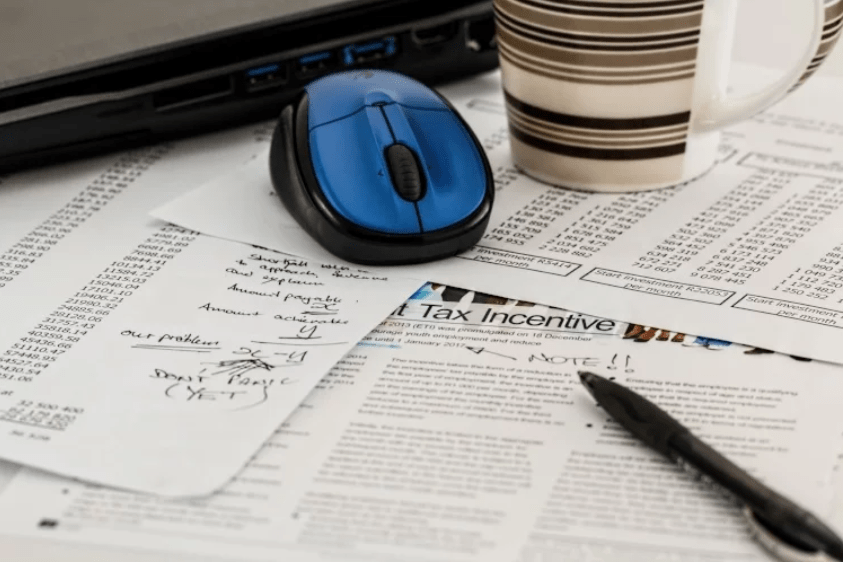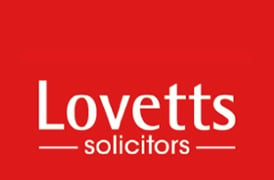6 Questions To Ask When A Customer Says They Didn’t Receive An Invoice

As a credit controller in your company, you probably have more than enough tales to tell about debt recovery. Even so, you may finally run into situations that you haven’t before. If you’re still fairly new to your job, one scenario you may encounter involves a customer giving an excuse for not paying their invoice on time.
One common thing said is that the customer never received your invoice after you sent it out on paper or in e-invoice form. While it’s true things could occur where an invoice goes missing, some customers might use this as a way to avoid paying a bill on your due date.
Obviously, this is going to involve some time to contact these late-paying customers, and it may have to involve lengthy phone calls. It’s worth the effort, though, because you have a way to determine whether there’s truth involved or not.
As part of your credit control process, you should create a questionnaire that pins down what might have caused the customer to not pay. You can do this with eight key questions scoping out the truth. With these questions, you’ll have proof on record if the customer says they didn’t receive an invoice again.
1. Where Should Invoices Normally Be Posted?
If the customer thinks you lost the invoice, you need to ask them which address you should send your invoices to on a regular basis. Maybe they have another address they prefer if they don’t check their previous mail box often.
Or, if you send e-invoices, ask them which email address you need to send to.
By asking this question, you’ll know you sent your invoice to the right place rather than having the tables turned.
2. Have You Changed Addresses Recently?
Obviously, you can’t read the minds of your customers, so they need to update their address if they recently moved. Ask them when they moved and what their new address is. Be sure to remind them that they need to contact you if they move again so there isn’t any future misunderstanding.
3. Who Should You Send the Invoice To?
Invoices and paperwork can get lost within a company. Having the name of the person in accounts payable ensures your invoices gets to the member of staff able to authorise payment straight away.
4. Is There Any Other Issue?
The customer may tell you they don’t have a copy of your invoice and that they couldn’t pay it until they receive one. You’ll want to ask them if this was the only reason they haven’t paid right away. If they say yes, then it’s time to send them a copy immediately with a promise from them they’ll pay.
Asking this question gives you a good way to receive your money once you send them a new copy of the invoice. It makes it tougher for them to come up with other excuses for not making a timely payment.
5. Can You Pay The Invoice Immediately After Receiving It?
As a connector to the above question, you need to ask the customer whether they can pay the bill as soon as you send them a new copy. By holding them to this promise, you’ll place it on record that they committed to pay once they received the new copy you send them.
Should they not pay at this time, you’ll have enough records to show you’re in the right to add a late charge for deliberately not paying on time.
6. Should I Email Or Fax The Invoice?
The faster you can get the invoice to the customer, the better. Sending these in real-time doesn’t provide any excuses for the customer not addressing the invoice. It’s why you should ask the customer if you can email or fax the invoice to them.
Going this route rather than regular mail doesn’t allow time to pass and create excuses to forget.
If you think a customer is likely to use this excuse, be proactive and call the customer a week or two before it becomes due and ask whether they have received the invoice and whether it is on the payment run. This will keep you one step ahead of late payments.
